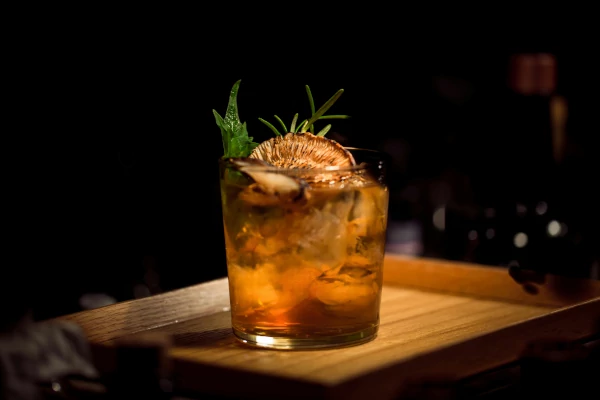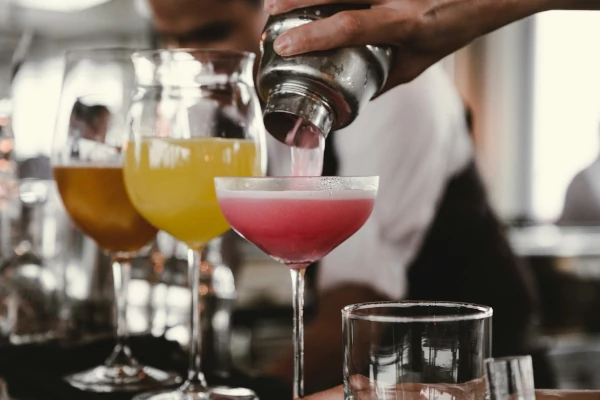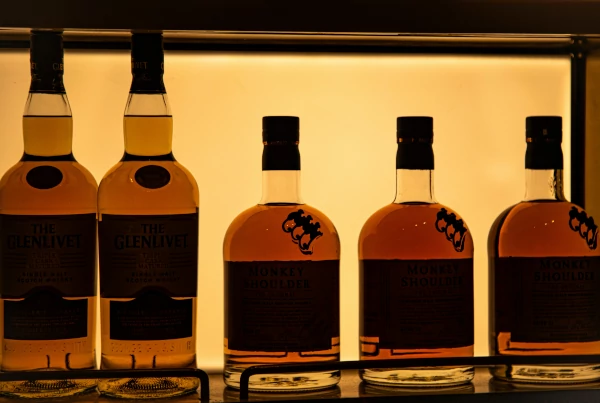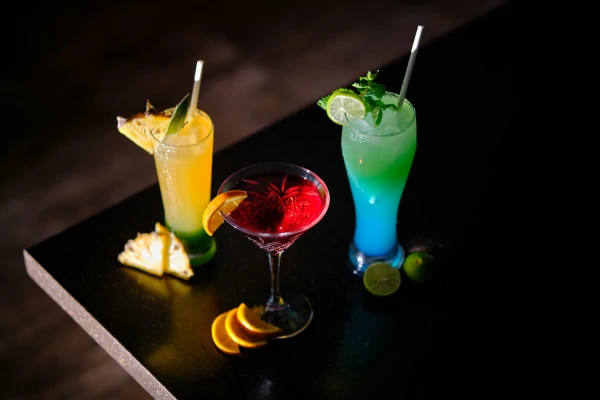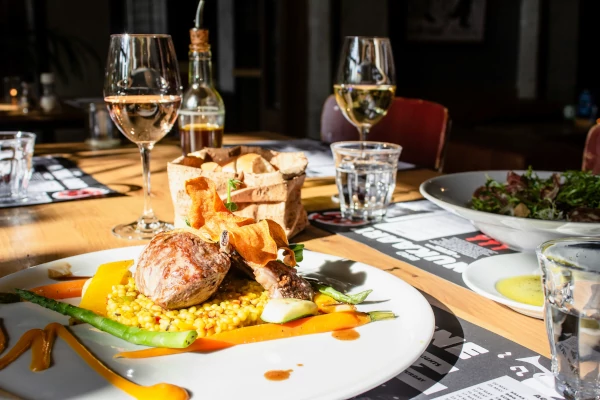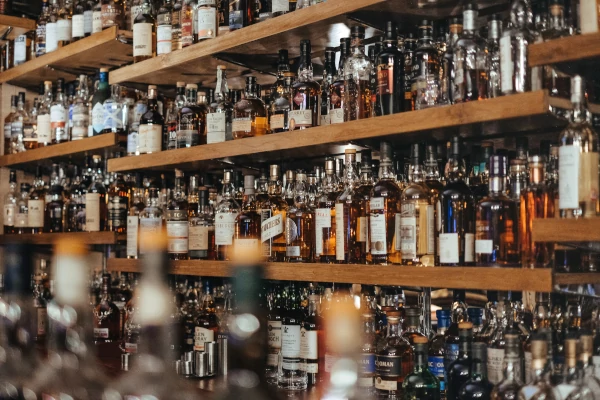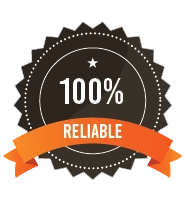Liquor and Alternative Packaging: Sustainable and Innovative Bottle Designs
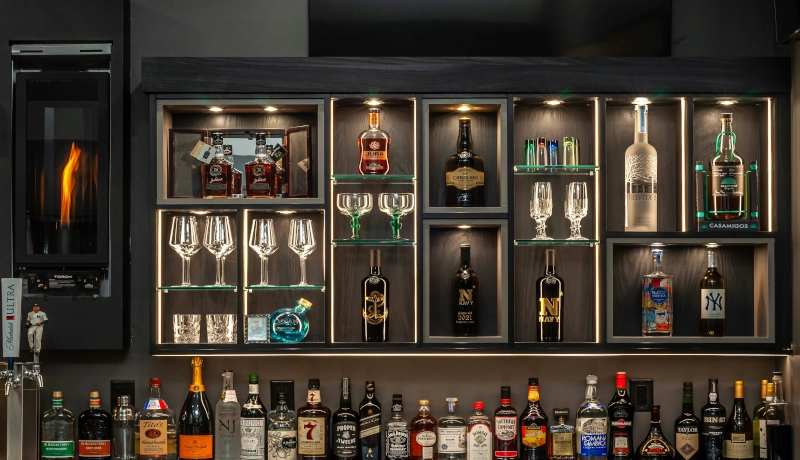
Explore the future of liquor packaging with sustainable materials and innovative designs, transforming the industry with eco-friendly solutions and aesthetic appeal.
In the ever-evolving world of liquor packaging, sustainability and innovation have become paramount considerations. As consumers increasingly prioritize eco-friendliness and uniqueness in their purchasing decisions, the industry has responded with a wave of inventive bottle designs and materials. From recycled glass to biodegradable alternatives, let’s explore how these trends are reshaping the landscape of liquor packaging.
It is advisable to have alcohol/liquor drinking license in Maharashtra. You can apply online for alcohol/liquor drinking liquor license here : Click Here to Apply Now
1. Sustainable Materials
Traditional glass bottles, while elegant, often come with a hefty environmental footprint due to their manufacturing process and transportation costs. In response, many distilleries are turning to recycled glass as a sustainable alternative. By reusing glass, they reduce energy consumption and raw material extraction while diverting waste from landfills.
Moreover, some brands are exploring even more innovative materials. Biodegradable plastics derived from plant-based sources like corn or sugarcane offer a promising solution. These materials break down more easily in composting conditions, addressing the issue of plastic waste that plagues conventional packaging.
2. Lightweighting and Eco-Efficiency
Another trend gaining momentum is lightweighting—designing bottles with thinner walls while maintaining durability. This approach not only reduces the amount of glass used but also cuts down on transportation emissions and costs. By optimizing bottle shapes and sizes, distilleries can maximize shipping efficiency without compromising on aesthetics or functionality.
3. Design and Aesthetics
Beyond sustainability, innovative bottle designs are capturing consumer attention. Distilleries are embracing unique shapes, intricate engravings, and bold labeling to differentiate their products on store shelves. These designs not only showcase creativity but also communicate brand values and stories, fostering a deeper connection with consumers.
4. Functional Innovations
Innovation in liquor packaging extends beyond materials and aesthetics to functional improvements. For instance, some bottles now feature built-in pour spouts or measuring caps, enhancing user convenience and reducing spillage. Others incorporate smart packaging technologies like NFC tags or QR codes, providing consumers with access to detailed product information and cocktail recipes.
5. Consumer Perception and Market Trends
As sustainability becomes a defining factor in consumer purchasing decisions, distilleries that prioritize eco-friendly practices gain a competitive edge. Transparent labeling about recyclability and environmental impact resonates with environmentally conscious consumers, driving brand loyalty and market share.
Conclusion
The evolution of liquor packaging towards sustainability and innovation reflects broader shifts in consumer values and industry practices. By embracing recycled materials, lightweight designs, and functional enhancements, distilleries are not only reducing their environmental footprint but also meeting the growing demand for unique and conscientious products. As these trends continue to shape the market, the future of liquor packaging looks increasingly promising, blending aesthetics with sustainability in captivating new ways.
In essence, the next time you raise a glass, consider the journey of the bottle itself—a testament to the industry’s commitment to both craftsmanship and the planet. Cheers to a future where every sip is a celebration of sustainable innovation!
How to get drinking liquor license : Click Here to Apply Now
